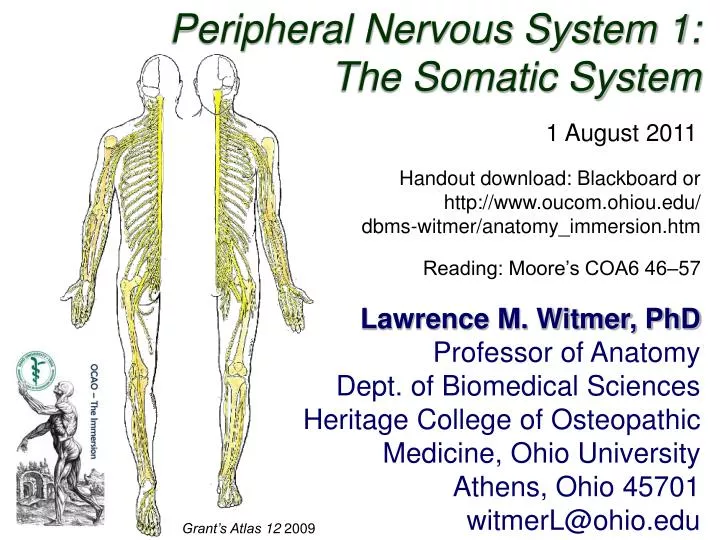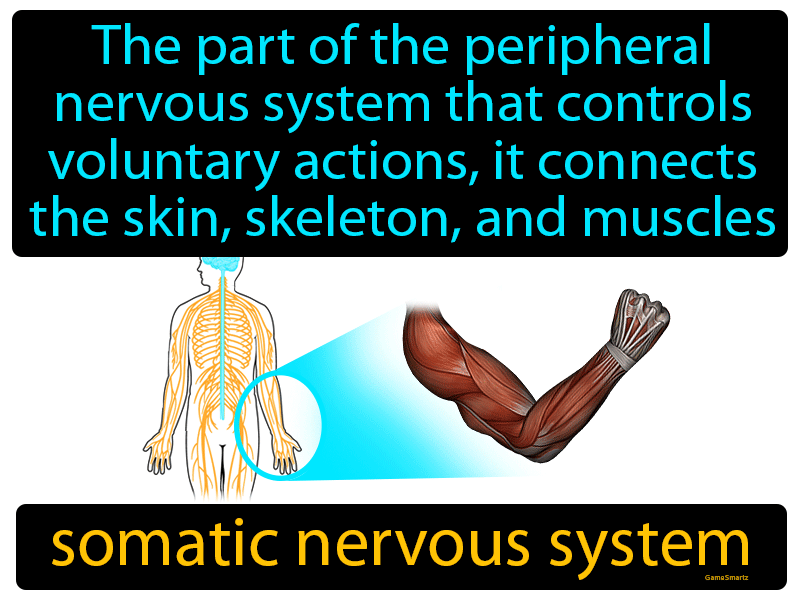
The afferent information from the muscles and joints is transmitted to the dorsal root ganglion (DRG) and then to the dorsal horn of the spinal cord.

The motor system continually adapts to injuries and somatic dysfunctions, but each adaptation is less efficient than its predecessor. Įach component is functionally and structurally capable of adaptation and modulation to maintain as much efficiency as possible.Neural control of the somatic motor system involves complex feedback mechanisms between the brain, spinal cord, peripheral nerves, and musculoskeletal structures. Since the prefrontal cortex receives many afferents from limbic brain structures involved in emotional activity, one might argue that the somatic motor system is also a tool for the emotional brain to satisfy its needs. The prefrontal cortex might play an essential role in deciding whether or not a motor activity is necessary to react to a certain situation. The question is what drives the somatic motor system. In most mammals, both the lateral corticospinal and the rubrospinal pathways are important, but in humans the rubrospinal pathway seems to be irrelevant ( Fig. This descending system enables humans to make most refined and extremely complex movements, such as independent finger movements and speech, the most complicated motor performance. The motoneurons innervating the muscles of the distal limbs receive the strongest direct projections from the motor cortex. It controls the motoneurons via direct projections as well as indirectly via strong projections to the laterally located premotor interneurons. In humans, the lateral corticospinal pathway subserves the control of the independent movements of the extremities. This component consists of two pathways-the lateral corticospinal and the rubrospinal pathways. The lateral component of the somatic motor system controls the premotor interneurons and motoneurons of the distal muscles. GERRITS, in The Human Nervous System (Second Edition), 2004 Lateral Component of the Somatic Motor System

In certain instances, the brain and body have been wired. When your distress is carved on your body not in your mind. However, many times, it isn’t “just in your head”, and it’s not always related to an anxious, depressive or nervous wracking thought that is the cause of the problem. This often happens when the therapy emphasizes focuses on “brain-based issues”, often assuming the mind and thinking style to be causing psychological distress. Sometimes, clients are “doing” all the right things, but somehow aren’t feeling relief. Therapies which focus on talking about “tough stuff”, learning skills or solely rely on the psychodynamic relationship without somatic, mind-body awareness or trauma interventions can be helpful up until a certain point. Accessing the Root of the Issue- an Integrative Approach to Healing However, over the last number of years, somatic therapy has been effective in helping individuals who struggle with all kinds of stressors and has been effective in helping them finally experience relief.Īreas such as : relationship, intimacy, those seeking a feeling of security, wanting to feel trust, over/under achievers, parenting skills, managing anxiety, working though depression and other emotional difficulties. Initially, somatic therapies were created to help trauma survivors finally experience relief from their trauma symptoms such as flashbacks, difficulty sleeping, dysregulated eating patterns and chaotic relationships and lifestyles. A body based therapy to help you heal on a cellular level


 0 kommentar(er)
0 kommentar(er)
